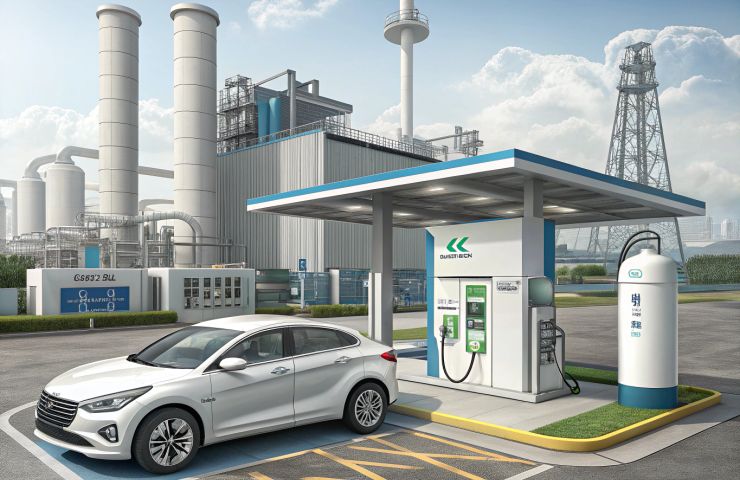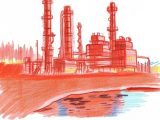
Hydrogen Infrastructure Bottleneck in South Korea’s Clean Energy Drive
November 10, 2025Picture this: you pull into a slick refueling spot, grab a hydrogen nozzle, and all you exhale is water vapor. That’s the dream of hydrogen infrastructure. South Korea’s put tens of billions on the table to make it real—but the path may be bumpier than anyone expected.
Government Strategy and Investment
Back in 2019, Seoul rolled out its Hydrogen Economy Roadmap and started dumping subsidies into hydrogen fuel cells everywhere—from massive electrolysis facilities to cheeky rebates on fuel cell vehicles. The Ministry of Trade, Industry and Energy has basically been playing Santa, covering up to half the sticker price on FCEVs. With more than 40,000 cars already humming along, you’d think they’d be selling like hotcakes—yet here we are, still waiting for the boom.
Private Sector’s Big Bet
The chaebols aren’t shy about backing the future, either. Hyundai Motor Group has set aside $7.2 billion for FCEVs and refueling spots. SK Group is pouring $12 billion into production and storage gadgets, while POSCO is sinking $6.5 billion into green steel using hydrogen. Doosan and Hanwha are rolling out fuel cell power plants and cutting-edge materials, and Hyosung is all-in on liquid hydrogen storage. The result? South Korea’s full-blown hydrogen value chain—from hydrogen production to distribution—is coming together faster than most predicted.
Regional Hydrogen Clusters
To turbocharge that build-out, the government’s given the green light to industrial zones in Gangwon Province (Donghae and Samcheok) and Pohang, South Gyeongsang. Think electrolyzer factories, liquefaction hubs, refueling depots—the works. Not only will local communities snag thousands of jobs, but everyone’s supply chain tightens up around a clean-energy pivot. It’s the sort of industrial decarbonization tale that has investors itching to jump in—provided the infrastructure doesn’t lag.
Infrastructure Imbalance
Here’s the snag: there are about 231 hydrogen refueling stations nationwide, versus more than 100,000 EV chargers. An eight-to-one gap isn’t just a stat—it’s a real headache for FCEV drivers eyeing long trips. Folks stick to what’s easy, and right now, battery juice is everywhere. Even with sweet subsidies, hunting down H₂ can feel like a scavenger hunt.
Challenges and Next Steps
Of course, cranking out green hydrogen and building pipelines isn’t cheap. Training station staff, compressing or cooling the gas—it all stacks up. Plus, most of today’s supply is still “gray” hydrogen from natural gas, so the eco-win is half-baked. Seoul’s next move? Speed up green electrolysis, slash costs with standard station designs, and maybe tweak incentives to get pumps in more remote spots.
Even with the odds, Korea’s hydrogen gamble isn’t going anywhere. If Donghae, Samcheok and Pohang hit their marks, and public and private players keep co-investing in cutting-edge fuel cell technology, we could one day drive up to a station and fill up in minutes—no carbon in sight. Until then, the EV charging gap is a sharp reminder that a big vision doesn’t automatically mean a full tank.


 With over 15 years of reporting hydrogen news, we are your premier source for the latest updates and insights in hydrogen and renewable energy.
With over 15 years of reporting hydrogen news, we are your premier source for the latest updates and insights in hydrogen and renewable energy.